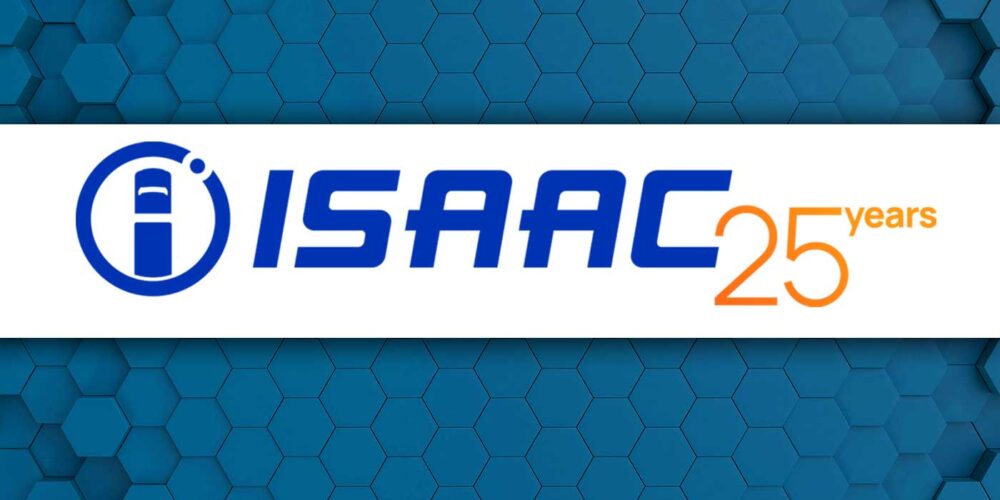While the U.S. driver shortage has plagued the transportation industry for years, ongoing pandemic-induced global supply chain disruptions, compounded by the ecommerce boom and an increasingly aging trucker population, has exacerbated this issue to now crisis levels. In fact, the American Trucking Association estimates the truck driver shortage could grow to 100,000 by 2023, an issue that’s been called the most problematic and persistent challenge in freight transportation today.
Although there have been some legislative initiatives (e.g., lower Commercial Driver’s License (CDL) age, global recruitment, etc.) from the Federal Motor Carrier Safety Administration (FMCSA) to help address the shortage, these have predominantly served as short-term solutions to date. With Covid-19 variants taking hold and this year’s upcoming peak season quickly approaching, the driver shortage shows no signs of abating and many are instead placing more importance on retaining experienced drivers while improving driver performance and productivity.
So, what can fleets do to become more efficient, maintain a competitive advantage and satisfy customer demands using the extremely limited resources they have—especially during peak season when there is little-to-no slack to make up for disruptions? One strategy lies in how organizations leverage advanced fleet technologies to empower the team of fleet managers, route planners, dispatchers and drivers.
Here are three ways that emerging technology like automation and predictive analytics can help fleets combat today’s driver shortage and peak season challenges.
1. Preparing for unexpected disruptions
While most fleet teams understand the objective during peak season is to make good on shipment commitments to customers, even the best delivery plans can break down. Fleet-efficiency killers like unexpected order spikes, last-minute orders, traffic delays, and on-the-road exceptions are inevitable. As a result, distribution networks can quickly get out of balance and fail to run optimally or cost-effectively. Fleet operators need a way to model and evaluate the impact of potential changes to their distribution network before routes are planned, and while the industry is getting better about embracing tech, like GPS-based fleet tracking, other more advanced tools are available.
Sophisticated route planning and optimization tools not only help companies execute today’s fleet deliveries efficiently while planning for tomorrow’s deliveries, but they also help companies quickly address the unexpected such as tighter customer windows, emergency orders and changes in order volume. The most robust tools use continuous optimization capabilities across a wide variety of planning scenarios so companies can make informed decisions on how to best manage the fleet in the face of volatility.
For instance, Tennessee-based HVAC company BFC Solutions experienced significant service disruptions in the early months of the pandemic. Many routine service appointments were changing at the last minute as customers were impacted by the pandemic. With over 2,000 site visits daily, the company had to manage a level of unpredictability it hadn’t seen before. BFC was able to use its strategic route planning tools not only to make real-time adjustments to schedules, but also to continuously optimize the route planning horizon. With technology, the company was able to better navigate the disruption and improve responsiveness by prioritizing available resources against changing customer requirements.
2. Improving driver productivity
Efficient driver performance management is a key component of peak season success. Historically, many organizations have hired extra drivers during seasonal spikes, but amidst such heightened shortages, optimizing existing talent and improving productivity has taken on a whole new importance.
Route optimization can take excess miles out of the delivery process by evaluating more delivery options to find the right combination of routes and stops. And emerging tech like automation, predictive analytics and robotic process automation (RPA) can reduce stop times, increase delivery capacity and help to streamline the commercial process. For example, mobile applications that provide drivers with step-by-step instructions for navigating routes and executing stops make it easier and quicker for drivers during peak, and help companies to save costs on fuel and rising repair costs.
In fact, fleets that eliminate the use of legacy or manual planning tools, opting for more modern optimization technology and route planning automation, can experience a 15% increase in driver productivity by reducing miles per stop. This is the equivalent of hiring tens of additional drivers for larger fleets. And by making delivery routes more efficient and minimizing any non-delivered stops per route, companies can increase delivery density, so drivers make more deliveries on their routes. For example, Brenham Wholesale Grocery’s use of routing software saved approximately 15% in transportation costs and the company delivered to 25% more stops without having to add more drivers or more trucks.
3. Retaining drivers by reducing stress and keeping them safe
While the truck driver population is aging, new drivers are still entering the industry, and retaining both seasoned and next-gen drivers and reducing turnover are vital in the face of the driver shortage. According to Stay Metrics, 70% of drivers who leave a carrier do so within their first year of service and although pay is often a contributing factor, the impact of stress plays a major role.
Stress from poor route planning, mechanical issues, inclement weather and unsafe working environments can leave drivers scrambling to meet delivery assignments, amplifying stress levels and causing some drivers to leave. Drivers may also themselves having to make mid-route corrections and decisions because the original plan was not completely feasible due to various factors outside of their control.
The rush and chaos, especially during traditional peak seasons, can impact safety and productivity, but real-time mobile data such as that from ELDs can help monitor a driver’s performance and enhance safety with hours of service (HOS) compliance. It can also help fleet owners and operators retrain planners and dispatchers by flagging potentially unsafe driving habits that might arise from a heightened sense of urgency.
Drivers are, in part, the glue that keeps the transportation industry together. While supply chain management and logistics can be complex webs to navigate, against the backdrop of such unprecedented disruption, it’s critical that fleets consider how to leverage technology to capitalize on existing driver talent, optimize delivery routes and streamline overall delivery workflows to help ensure success.
Visit the Descartes website for more truck technology solutions.













